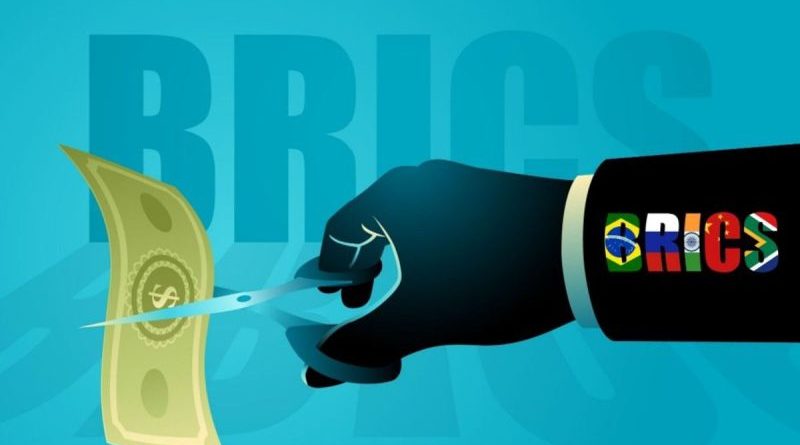Shaking Up the Global Financial System: The Impact of a New BRICS Currency on the US Dollar (2024 Update)
In the digital age, financial markets are constantly evolving and adapting to new economic paradigms. The emergence of BRICS as an economic bloc comprising Brazil, Russia, India, China, and South Africa has sparked discussions about the possibility of introducing a new currency to challenge the supremacy of the US dollar in global trade. This potential development has significant implications for the international monetary system and geopolitical landscape.
The US dollar has long been regarded as the dominant global reserve currency, providing the United States with considerable economic leverage and influence. However, the rise of BRICS nations as major players in the global economy has raised questions about the dollar’s future dominance. A new BRICS currency could potentially challenge the US dollar’s status as the world’s primary reserve currency, leading to a shift in global economic power dynamics.
One of the key advantages of a new BRICS currency would be reducing dependency on the US dollar for international trade settlements. Currently, the dollar is used as the primary medium of exchange in global trade, giving the United States significant control over the international financial system. A new BRICS currency could provide an alternative option for countries looking to diversify their currency reserves and reduce their exposure to fluctuations in the value of the dollar.
Furthermore, a new BRICS currency could enhance financial integration and cooperation among member countries, fostering greater economic collaboration and trade among emerging economies. By establishing a common currency framework, BRICS nations could streamline financial transactions, reduce currency exchange costs, and promote cross-border investments, creating a more robust economic ecosystem for member countries.
On the other hand, the introduction of a new BRICS currency could also have repercussions for the US dollar and the broader international monetary system. A shift towards a multipolar currency regime could diminish the dollar’s status as the primary global reserve currency, potentially leading to a devaluation of the dollar and increased volatility in global financial markets. This could also impact the United States’ ability to finance its deficit through foreign investors holding dollar-denominated assets.
Moreover, a new BRICS currency could challenge the hegemony of Western financial institutions, such as the IMF and the World Bank, which have traditionally played a dominant role in shaping global economic policies. By establishing their own currency and financial infrastructure, BRICS nations could assert greater control over their economic destiny and reduce reliance on Western-led monetary institutions.
In conclusion, the introduction of a new BRICS currency has the potential to reshape the international monetary system and challenge the dominance of the US dollar in global trade. While such a development could enhance financial cooperation among emerging economies and reduce dependency on the dollar, it also poses risks and uncertainties for the stability of the global financial system. As BRICS nations continue to strengthen their economic ties and cooperation, the prospect of a new currency regime could mark a significant turning point in the evolution of the international economic order.




